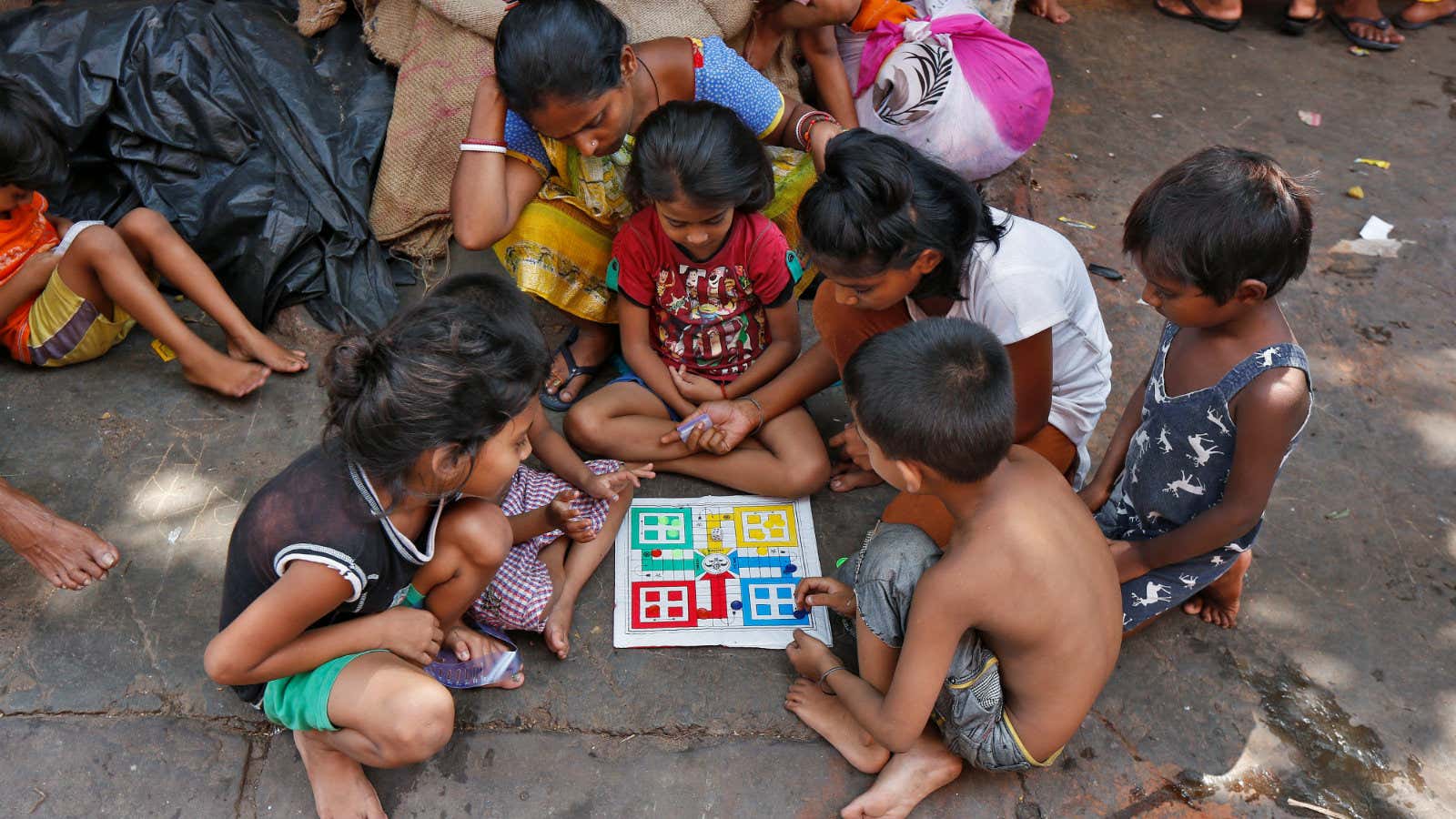On a recent visit to India, I noticed a few kids frolicking on the streets of New Delhi. Kumari (name changed), who was playing with her younger brothers, looked like any other six-year-old—except she was 11. A stunted child, not tall enough for her age, she gets tired easily while playing.
Globally, four out of ten stunted children like Kumari are in South Asia. In India alone, some 46 million children are stunted and another 25.5 million are “wasted,” or have low weight for height. India is second only to war-torn South Sudan when it comes to wasting.
Wasting and stunting, caused by inadequate child nutrition, can lead to death. In Pakistan, 3.1 million children die annually as a result of undernutrition. Severe poverty keeps more than 50% of Pakistani families from having two meals a day, leading to severe dietary deficiencies.
In neighbouring countries, too, the burden of undernutrition is immense. In Afghanistan, for instance, the rate of stunting in children under five years stands at 41%, while in India, about 20% of children are stunted at birth itself.
Unless contained, stunting and wasting can become a critical public health emergency in South Asia. There are also economic and social costs.
Children with stunted growth are more prone to enduring adverse outcomes later in life: They suffer from impaired brain development, which leads to lower cognitive and socio-emotional skills and lower levels of educational accomplishment.
The lack of these skills has led to 66% of the workforce in India earning less than it would otherwise have. Only Afghanistan (67%) and Bangladesh (73%) surpass India’s proportion of workers who were stunted as children.
Stunting costs South Asia around 9-10% of per capita GDP.
Enough food, but little to eat
Despite the debilitating costs, negligible resources are earmarked for fighting it in South Asia. This is because stunting continues to be invisible to families, communities and policymakers.
The problem, however, is not the lack of enough food. It is a wastage. Hunger is increasingly a processing, storage, supply chain, and logistics challenge.
Poor supply chain management practices in India have led to as much wastage of food as the United Kingdom consumes. In Pakistan, it is estimated that 40% of food is wasted. The lack of human-centred design and the development of inefficient systems of food production, processing, preservation, and distribution have led to this situation.
There is a strong and growing body of evidence identifying interventions that are effective, and feasible to implement at scale, recommended by the World Bank. Investments during the first two years of life will have the highest returns.
South Asian countries can also learn from Senegal and Peru—countries that have made great strides in addressing this epidemic.
Between 2007 and 2014, stunting among children under five dropped from 29% to 14%, in Peru. There a monthly cash payment of about $30 to the female head of the household. This Conditional Cash Transfer (CCT) programme for mothers of stunted children contributed towards enabling and educating them to give their children nutritious food and adequate stimulation. The rate of children whose growth is impaired has been halved in less than a decade and, with better care and nutrition, even the poorest indigenous children are thriving.
Another approach would be adoption of anti-poverty policies and sustained implementation of equitable cross-cutting interventions, with a focus on the poorest areas. Inclusion of quality indicators for reproductive, maternal, neonatal and child health interventions may enable further analyses to show the influence of these factors. Stunting must become a sustained political priority.
Senegal has focussed on services such as health education, breastfeeding promotion, infant and young child feeding counselling, monthly weighing sessions, micronutrient supplementation, conditional cash transfers, and targeted food security support.
To solve the problem of malnutrition, the private sector, civil society and government need to work together, as the problem is too big to be solved by one group alone. We need to take bold steps and clear prioritisation at the highest levels of government that will help to reduce stunting and pave the way for what could be a major shift in the trajectory of the future of these kids and also the future of the country’s economy.
We welcome your comments at ideas.india@qz.com.
